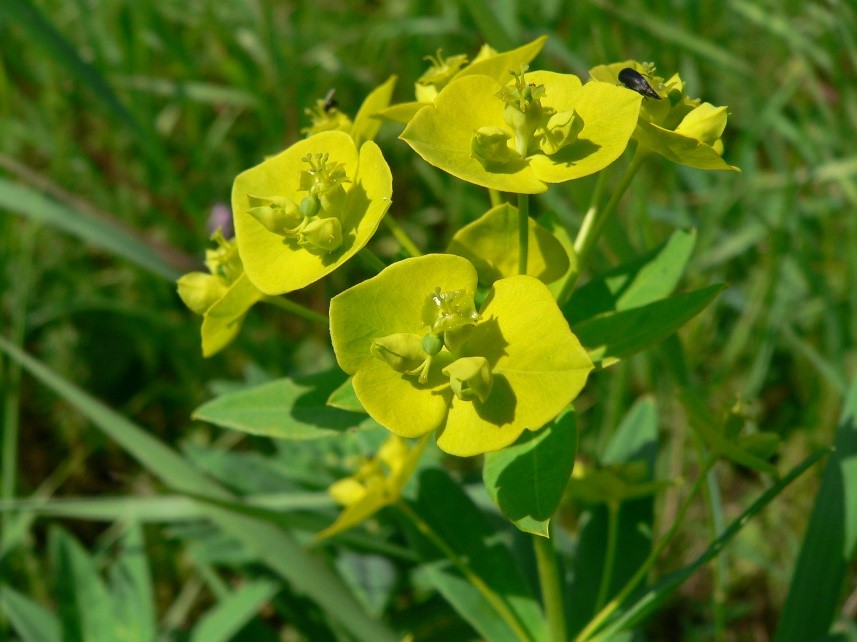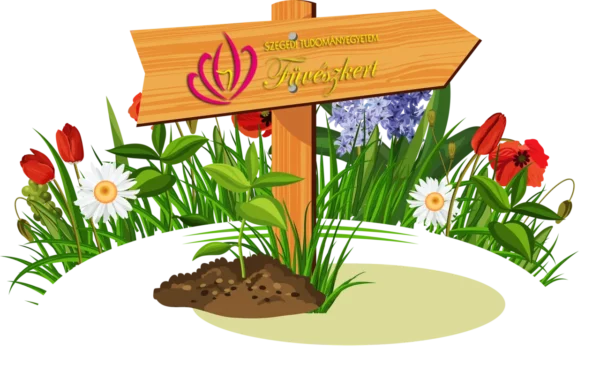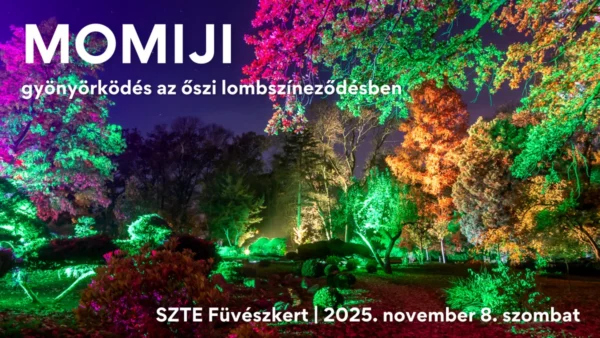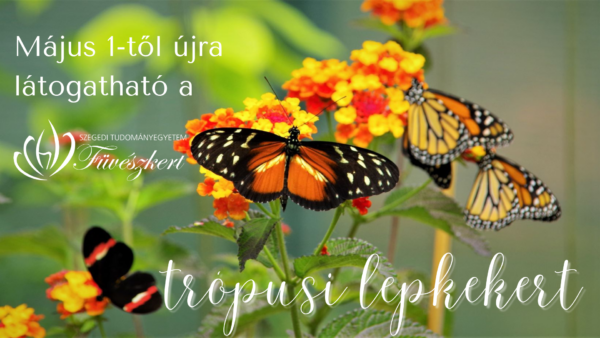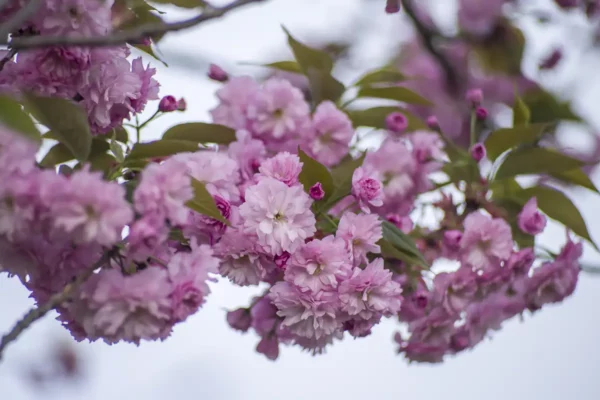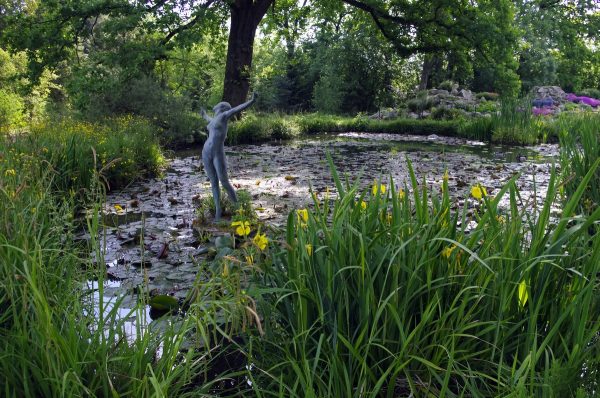The aim of the project with a total cost of 67 million is to in the Körös-Maros National Park area strengthening the natural stands of living endangered, rare loess plant species in such a way that the natural similar to loess lawns species set and patterned we create habitat patches by transplanting individuals of native plant species propagated in the Botanical Garden and sowing seeds on site. The resettlement takes place on fields that have been abandoned for several years in the territory of the national park. Involved in the application 82, – 16 protected and 52 regionally endangered plant species among them are, for example: tuberous cat's testicles, spring heather, common sedge, blue sedge, silky buttercup, gór sycamore, hooded violet, heather.
The work is of particular importance, as the Pannonian loess grassland is one of the most complexly structured and extremely species-rich plant communities in our country. In the past, it was the most characteristic plant association of the Southern Tisza, but due to its excellent soil properties (chernozem soil), its stands were largely plowed over the centuries. Nowadays, only small patches of it remain, on the sides of mounds, on elms, wedged between salty lawns, and it is feared that these too could be destroyed at any moment.
The tasks undertaken by the staff of the Botanical Garden can be summarized as follows:
The first step of the work is the acquisition of propagating material, which is from plants living in nature is done by seed collection: we visit individuals of the plant species on the list within a maximum 30 km radius of the pre-designated planting sites during their fruit ripening period and - without jeopardizing the individuals' ability to survive and reproduce - we collect seeds from them. The seeds are cleaned and stored until sowing. The next important workflow is a sowing seeds, which is carried out in autumn or spring, depending on the needs of the given species. If there is no such information about a species yet, we set up sowing experiments to find the ideal conditions and period for its germination. After successful seed sowing, the seedlings are raised, this is the so-called ex situ (remote from habitat) propagation, and stored in the Herb Garden until planting. THE displacements they will take place in several stages, presumably mainly in the autumn periods. The planting patterns are planned in advance, taking into account the spatial arrangement of the species relative to each other in nature, their growth characteristics, their number of individuals, and their final size. We hope that within five years of the application supported by the European Union At the end of 2021 24,870 seedlings by planting and 255,000 seeds by sowing locally, we enrich the plant diversity of the region.
The work is being carried out in the framework of a tender supported by the European Union under the title "Restoration of Löszpuszta lawns in the Körös-Maros National Park by propagating and planting character and specialist plant species". As part of KEHOP 4.1.0-15-2016.
Work similar to the current project was carried out in 2011-2012. At that time, 5,914 individuals of 32 plant species were propagated ex situ and then planted in the Nagykopáncs area of the Körös-Maros National Park. Based on the annual inspection, we can say that most species not only survive, but also reproduce successfully in their new habitat.
With the photos below, we offer a small taste of the diversity of loess plants.

